 |
|
| |
 |
| |
 The Quality Characteristics The Quality Characteristics |
| |
| Type |
Surface Conditions |
Characteristics |
Applications |
Regular
Spangle
|
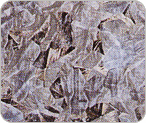 |
- Characteristics of crystal structure and unique gloss of zinc due to the unrestricted growth of zinc crystals at ambient temperature during normal solidification.
- Better corrosion-resistant characteristics compared to minimized-spangle and galvannealed steel sheet without painting. |
- Structural Materials Car Inner
- Lining and Bodies Home appliances |
Minimized
Spangle |
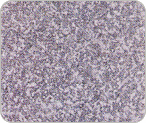 |
- Characteristics of the crystal structure due to the restricted growth of zinc crystals during normal solidification
- Good appearance after painting due to uniformity of the surface, and better paintability compared to regular spangle |
- Furniture and Office
- Equipments Home Appliances
- Bass Materials for Painted Steel Sheets |
Zero
Spangle |
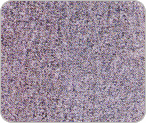 |
- Difficult to check the crystal grains with naked eyes due to complete suppression of the growth of zinc crystals during solidification of molten zinc
- Excellent appearance after painting due to the uniformity of the surface and outstanding appearance |
- Furniture and Office
- Equipments Home Appliances
- Bass Materials for Painted Steel Sheets |
Extra
Smooth |
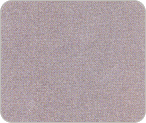 |
- Extra smooth surface by temper rolling after the solidification. Good appearance after painting due to surface smoothness |
- Furniture and Office
- Equipments Home Appliances
- Bass Materials for Painted Steel Sheets |
|
| |
 Formability Formability |
| |
| Hot-dip galvanized steel sheet manufactured through continuous galvanizing process is excellent in its property of coating adherence, and it shows little peeling of coating layer when subjected to deep drawing process since little iron-zinc alloy layer is retained.Hot-dip galvanized products can be manufactured to the various grades of formability by adoption of 172 meter-long annealing furnace. In case of deep drawing quality, good formability can be obtained similar to the corresponding grade of cold rolled steel sheets. |
| |
 Paintability Paintability |
| |
| Hot-dip galvanized steel sheet is frequently used to be paintd as shown in the applications. Corrosion resistance after painting is much influenced by the type of steel sheet as well as pretreatments with the type of paints. |
| |
 Corrosion Resistance Corrosion Resistance |
| |
 General Characteristics General Characteristics |
 Electrochemical Protection Property Electrochemical Protection Property |
| The reason rust formation is prevented in the zinc-coated steel sheets is that zinc has more negative ionized trend than iron. Even if the zinc coating is damaged, the life can be extended due to sacrificial anodic reaction of zinc. |
| |
 Physical Protective Property Physical Protective Property |
|
The zinc itself is active metallic element. So when exposed to air, it turns into zinc oxide or zinc carbonate through a rapid reaction with oxygen or carbon dioxide in air, and thin layer develops on the surface.
This thin layer is very compact and shows very adhesive property so that it serves as an anticorrosive barrier to protect the underneath material from rust formation under corrosive external conditions.
|
| |
 Corrosion Resistance in Air Corrosion Resistance in Air |
|
The corrosion resistance of zinc depends on the property of the anti-corrosive thin layer thereon.
The corrosion resistance of thin layer, however, deteriorates rapidly with the appearance of porous layer in case there exist corrosive components such as surfurous acid gas in the air. Accordingly, the thickness of the hot-dip zinc coating is a critical factor for the service life of the sheets. In the case of identical coating thickness it mainly relies on the environment under which the sheets are used.
The life of hot-dip zinc coating steel sheets in urban area or in industrial area is almost 25 to 40% of the life, when it in the rural area. In addition, the life of the sheets when used indoors is 5 to 10 times longer than that when used outdoors.
|
| |
 Correlation of the Life & Environment for Hot-dip Galvanized Steel Sheet (381g/m2) Correlation of the Life & Environment for Hot-dip Galvanized Steel Sheet (381g/m2) |
| ENVIRONMENT |
RURAL AREA
|
SEA SHORE
|
OUTSKIRTS
|
URBAN AREA
|
INDUSTRIAL AREA
|
| LIFE (Year) |
16 |
10 |
8 |
6 |
4 |
|
| |
 Outdoor Exposure Test Result Outdoor Exposure Test Result |
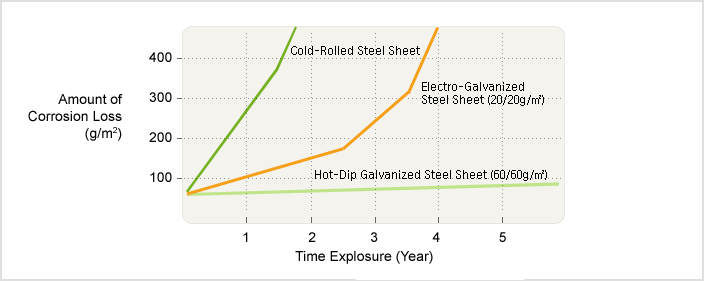 |
| |
 Weldability Weldability |
| |
 Characteristics Characteristics |
| Since electrical conductivity of the zinc-coated layer is better than that of iron, electrical resistance is somewhat less at the contact surface between zinc layers and iron base sheet so that heat generation is more or less lower. Melting point of zinc is lower than that of iron. So, continuous weldability is somewhat lowered due to the fact that molten zinc tends to adhere onto the electrode.
Zinc is more ductile than iron. So, electrical density of zinc coating is somewhat lowered due to relatively wider contact area by the applied pressure of electrodes. |
| |
 Distribution of Electric Current between Upper Part And Lower Part of Electrode Distribution of Electric Current between Upper Part And Lower Part of Electrode |
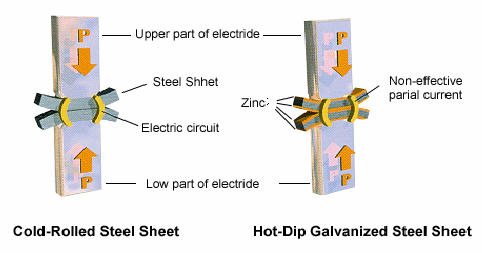 |
| |
 Suggestions for The Improvement of Weldability Spot Welding Suggestions for The Improvement of Weldability Spot Welding |
| |
| SPOT WELDING |
SEAM WELDING |
- Increase the welding current by 10% to 30 %
- Extend welding time by approximately 10%
- Slightly increase the pressure of electrodes
- Select cone-type electrode material made of Cr-Cu alloy
- Frequently polish the electrode and cool the electrode with water. |
- Adjust welding current to higher value
- Increase the pressure of electrodes to suppress air bubble or internal defects
- Let intermittent current flow so that better welded nuggets can be obtained as the ratio of ON and OFF time is increased.
- Sufficiently cool electrodes with water |
|
| |
 Fusion-ARC Welding Fusion-ARC Welding |
| In case of arc welding with coated electrodes, it is recommended to use electrodes with good melt flow characteristics and ones coated with high ph material. Recommended electrodes are E4303(limetitania type), E4313(high titanium oxide type), and E4316(low hydrogen type)prescribed in the KSD 7004 |
| |
 Solderability Solderability |
| Hot-dip galvanized steel sheets can be easily soldered as with an appropriate solvent is used instead of surface preparations. The soldability of chromated material is excellent.
Non-corrosive solvents or mixture solutions of zinc chloride(15 to 20%) and ammonium chloride(3.3 to 5%) are typically recommended ones and through rinsing is necessary without further drying up. |
| |

